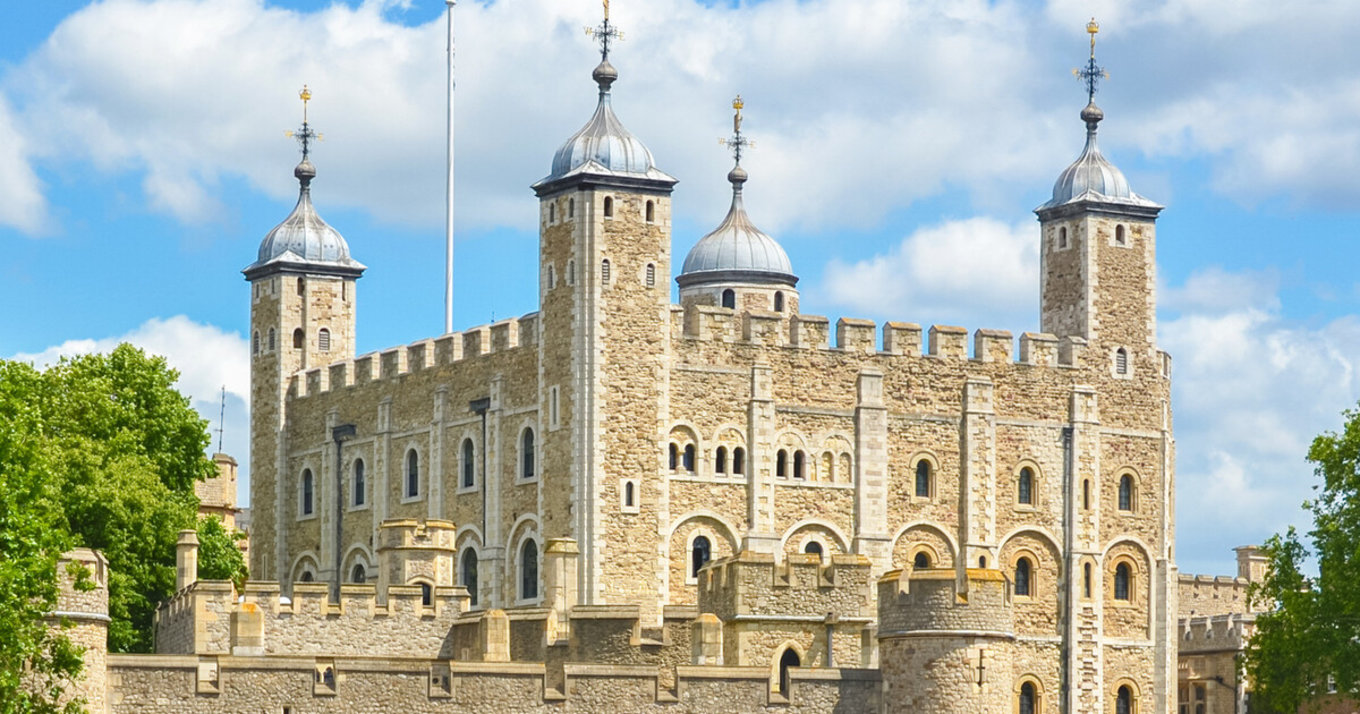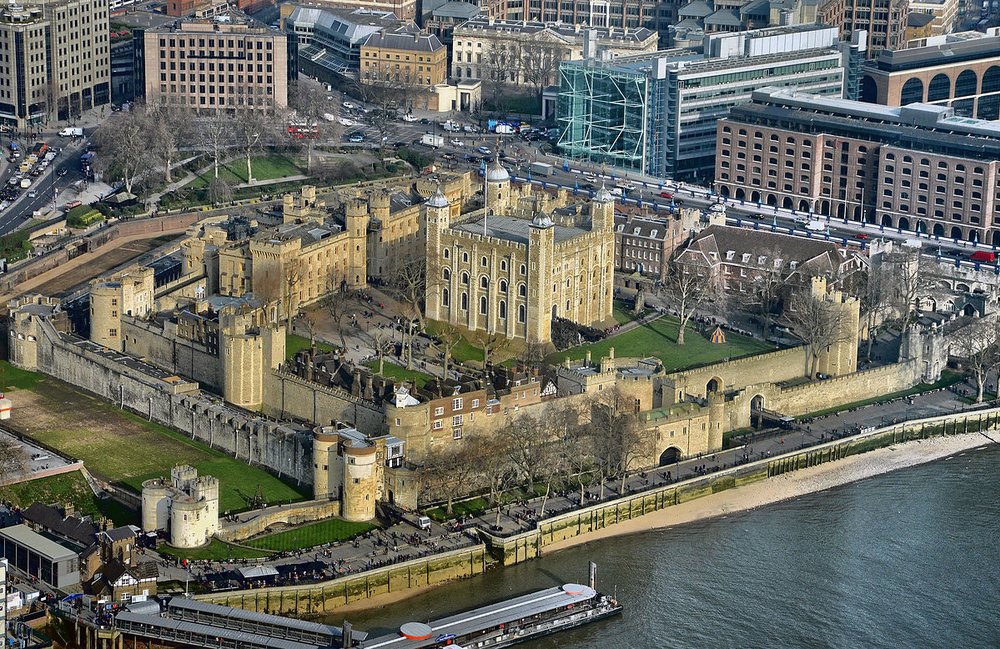You might know that the Tower of London is a nearly 1,000 year old fortress in the heart of Central London. You might also know that Henry VI was murdered here in the War of the Roses and Anne Boleyn beheaded on the Tower Green. Buuuuut, did you know the prison was also a holding place for those of wealth and power who lived there in extreme luxury until they paid their ransom money or were deemed no longer a threat to national security?
Doesn’t sound like our vision of what ‘prison’ would be like, but the Tudors were a strange bunch, and a super interesting bunch too right?! Read on to learn more about the Tower of London prison, arsenal and mint before you book your Tower of London tickets with Klook and see it for yourself! It’ll be a great opportunity to show off your new-found knowledge when you visit.
The Prison
A secure fortress and a symbol of royal power, as well as the site of truly luxurious living quarters for the British monarchy, the Tower of London was definitely what we’d call a ‘multi-purpose building’, but it’s most famous as a prison used to contain people who posed a threat to national security.
Rather hilariously, the first prisoner to be held there was also the first prisoner to successfully escape! In 1101, Ranulf Flambard, the Bishop of Durham, climbed through one of the White Tower’s windows using a rope which was smuggled to him inside a gallon of wine.
Over 800 years later, in 1941, Josef Jakobs was the last person to be executed by firing squad at the Tower of London - found guilty of spying for Germany in WWII.
In between, prisoners at the Tower of London had varying experiences during their time served. If you were wealthy and influential (generally a good way to be at any point in history) then you could stay in relative comfort, and some captive kings even bought in a host of servants. Others were even let out for hunting or shopping trips (that’s even better than our 2020 lockdown experience!).
On the other hand, if you were suspected or found guilty of treason you were in for a much less comfortable experience. The Tower of London prison has a well-deserved fearsome reputation and didn’t discriminate sentences much based on inmate reputation; of the seven prisoners executed on Tower Green three were queens of England; Henry VIII’s second and fifth wives Anne Boleyn and Catherine Howard, and Lady Jane Grey.
Prisoners in the Tower of London could be kept in solitary confinement and deprived of food or sleep, and physical torture was also sometimes used as a deliberate interrogation method. Only a small number of cases were recorded (we guess even then you didn’t want too many people knowing what methods might be used), and it was primarily during the 16th and 17th centuries.
A mixture of fact and fiction surrounding the use of torture at the Tower of London prison have contributed to its fearsome reputation, and even though it is now primarily used to store documents, armaments and jewels it still remains best known as a dark place of execution and torture.
The Armoury
Ever since the Tower was built, it’s been used to make and store arms, armour and military equipment. Included in your entry ticket to the Tower is admission to the Royal Armouries in the White Tower, so you can see a glittering collection of arms and armour with your own eyes.
The Royal Armouries institution was originally responsible for manufacturing armour for the Kings of England, but since the 19th century have been in charge of displays within the Tower of London which are historically accurate and designed to educate the visitor on the history of the armour they used to create.
One of the permanent public displays created is the Line of Kings. This is a row of figures on horseback which represents the past Kings of England wearing their own personal armour. This was first put together in the 17th Century and originally used as propaganda - only including ‘good’ kings like Edward III and Henry VIII and excluding ‘bad’ kings like Edward II and Richard III.
Over its first 80 years the line was periodically updated with the figures of William III, George I and George II added after their death. In the 19th century, the exhibition was moved to a purpose-built gallery to the side of the White Tower, and figures of noblemen were also added to show the historical development of armour.
Today the exhibition is on the entrance floor of the White Tower, newly re-displayed. It is also now the longest-running visitor attraction in the world!
The Mint
The Mint in the Tower of London made the majority of the country’s coin for over 500 years. Edward I installed the Mint around 1279, and coins were produced there until 1810, in a dedicated area which became known as Mint Street.
Mint staff were kept separate from the rest of the community within the fortress, and their comings and goings were strictly monitored; The Mint operated from a series of closely-guarded temporary workshops, and more permanent factory buildings in the Outer Ward. It was extremely dirty and dangerous work, and very few Mint workers escaped uninjured - the loss of fingers and eyes was very common.
In 1810 The Mint was moved to a new home on Tower Hill, and then in the 1960s moved to its present home in Wales.
Tourism at the Tower of London prisons started with the Victorian crowds who were drawn there by the gothic, exaggerated tales of inmate suffering (they must have been a cheery bunch..), so popularity as a tourist attraction grew in the 19th Century and continues to this day. If you want to visit yourself to see the sites of such dark historical events and to join the long history of tourism at this famous London landmark, book with Klook for the best prices and most convenient booking process!
Also, if you're interested in more London activities to do while you're in the area, then hit the button below.
























